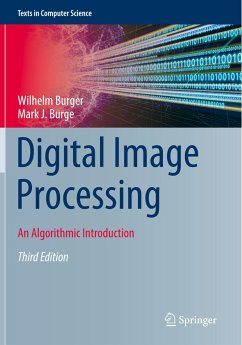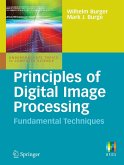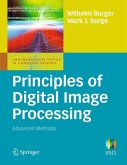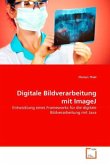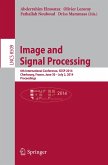This modern, self-contained textbook provides an accessible introduction to the field from the perspective of a practicing programmer, supporting a detailed presentation of the fundamental concepts and techniques with practical exercises and fully worked out implementation examples. This much-anticipated 3rd edition of the definitive textbook on Digital Image Processing has been completely revised and expanded with new content, improved illustrations and teaching material.
Topics and features:
Contains new chapters on fitting of geometric primitives, randomized feature detection (RANSAC), and maximally stable extremal regions (MSER).Includes exercises for most chapters and provides additional supplementarymaterials and software implementations at an associated website.Uses ImageJ for all examples, a widely used open source imaging environment thatcan run on allmajor platforms.Describes each solution in a stepwise manner in mathematical form, as abstract pseudocode algorithms, and as complete Java programs that can be easily ported to other programming languages.Presents suggested outlines for a one- or two-semester course in the preface.
Advanced undergraduate and graduate students will find this comprehensive and example-rich textbook will serve as the ideal introduction to digital image processing. It will also prove invaluable to researchers and professionals seeking a practically focused self-study primer.
Topics and features:
Contains new chapters on fitting of geometric primitives, randomized feature detection (RANSAC), and maximally stable extremal regions (MSER).Includes exercises for most chapters and provides additional supplementarymaterials and software implementations at an associated website.Uses ImageJ for all examples, a widely used open source imaging environment thatcan run on allmajor platforms.Describes each solution in a stepwise manner in mathematical form, as abstract pseudocode algorithms, and as complete Java programs that can be easily ported to other programming languages.Presents suggested outlines for a one- or two-semester course in the preface.
Advanced undergraduate and graduate students will find this comprehensive and example-rich textbook will serve as the ideal introduction to digital image processing. It will also prove invaluable to researchers and professionals seeking a practically focused self-study primer.

